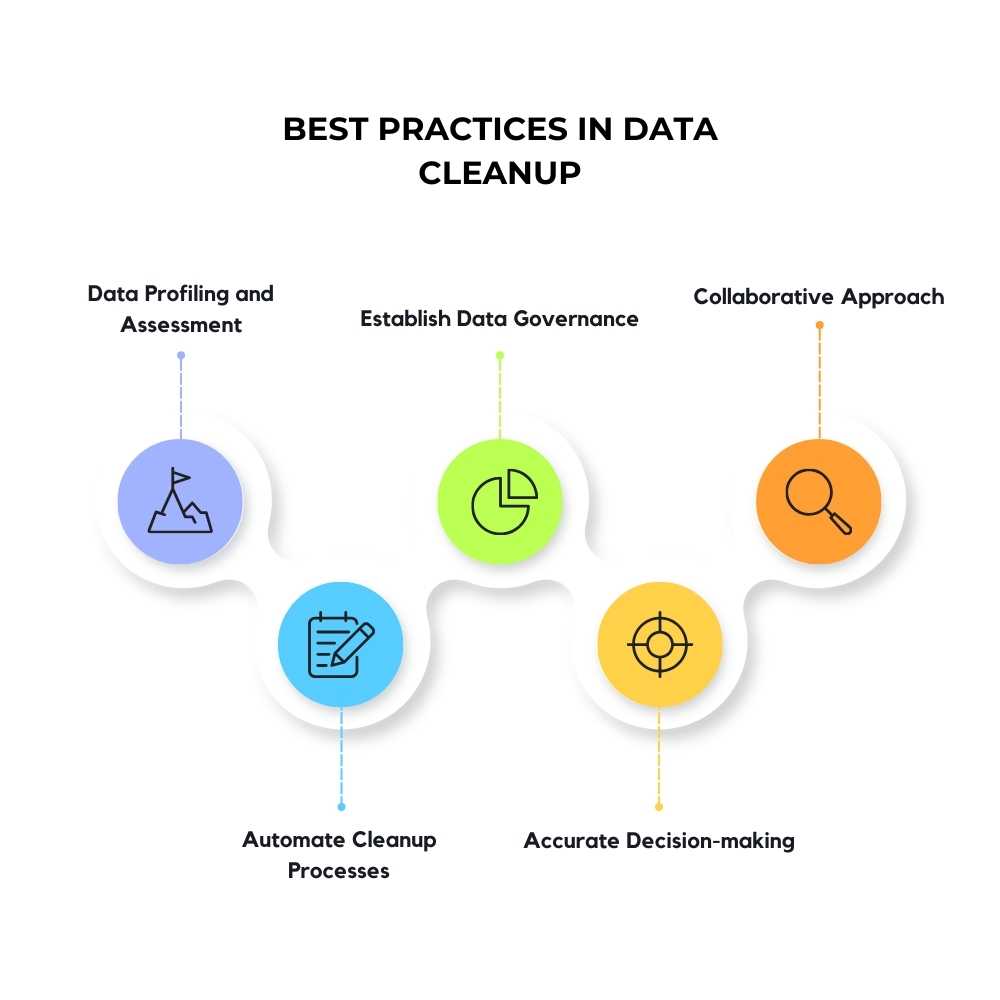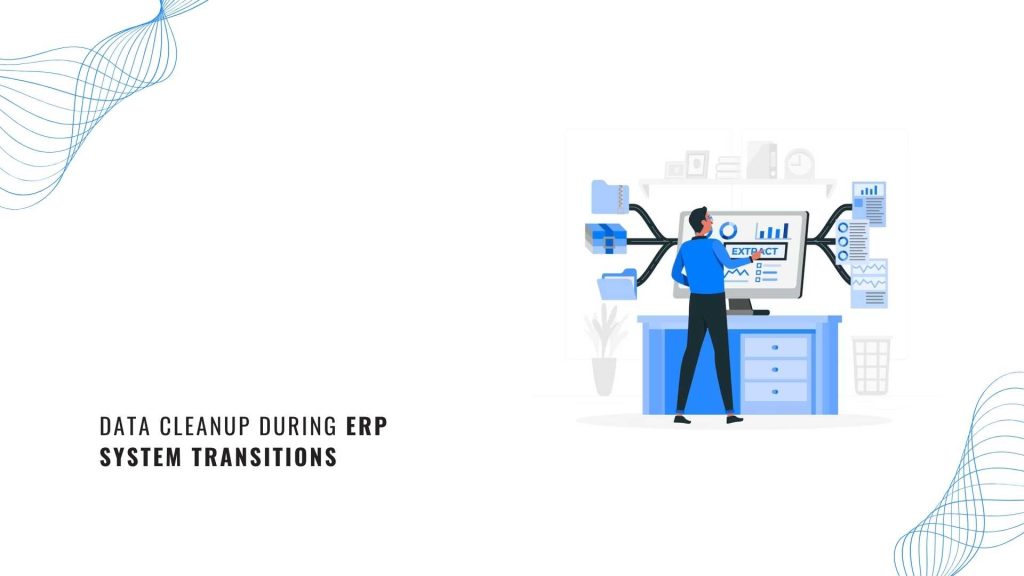In ERP systems, transitions mark critical junctures that can either streamline operations or introduce unforeseen complications. Amidst the meticulous planning and strategic considerations inherent in ERP transitions, data cleanup is one crucial but often underestimated element. Refining and organizing data might seem like a chore, but its significance must be balanced to ensure a smooth and effective transition.
Understanding the Data Quandary
Data serves as the lifeblood of any organization. In an ERP context, data migration forms the backbone of transitioning from legacy systems to newer, more efficient platforms. However, the inherent complexity of data structures, formats, and quality issues can pose substantial challenges during this phase.
Legacy systems accumulate redundant, obsolete, or erroneous data over time. These data inconsistencies, duplications, or inaccuracies not only impede the efficacy of the new ERP system but also have the potential to perpetuate operational inefficiencies if addressed.
Unraveling the Benefits of Data Cleanup
- Enhanced System Performance: A well-orchestrated data cleanup process ensures that only relevant and accurate data migrates to the new system. This streamlined dataset significantly improves system performance by reducing processing times and enhancing efficiency.
- Accurate Decision-making: Reliable data empowers informed decision-making. Clean data ensures stakeholders rely on accurate information, fostering trust in the system and enabling more precise strategic choices.
- Cost and Time Savings: Investing in data cleanup during the transition phase might appear as an additional overhead. However, it saves significant costs and time in the long run by averting post-transition troubleshooting, data correction, and potential system downtime.
Challenges During Data Cleanup
Navigating data cleanup during ERP transitions is fraught with challenges, each demanding careful consideration and strategic resolution. Here are some key hurdles that often arise:
Data Complexity and Volume: Legacy systems accumulate vast amounts of data in diverse formats and structures over time. Understanding this complexity and effectively sorting through extensive datasets poses a significant challenge.
Data Quality Issues: Inaccurate, inconsistent, or incomplete data in legacy systems can propagate into the new ERP system if not addressed. Identifying and rectifying these quality issues demands meticulous scrutiny and corrective measures.
Legacy System Dependencies: Dependencies on outdated or redundant data within the legacy system can complicate the cleanup process. Untangling these dependencies while ensuring data integrity requires a careful, systematic approach.
Data Mapping and Transformation: Aligning data from disparate sources to fit the format and structure of the new ERP system often necessitates complex data mapping and transformation. This process demands precision to ensure data coherence post-migration.
Resource Allocation: Data cleanup requires dedicated resources, including skilled personnel, tools, and time. Allocating these resources while managing ongoing operations can strain organizational capacities.
Stakeholder Alignment and Collaboration: Achieving consensus among diverse stakeholders with varying data needs and priorities can pose a challenge. Collaborating effectively across departments to establish common cleanup objectives is critical.
Regulatory Compliance and Data Governance: Adhering to regulatory compliance and data governance standards adds another layer of complexity. Ensuring the cleanup process meets these standards without compromising data integrity is essential.
Risk of Data Loss or Corruption: Mishandling data during cleanup processes can lead to accidental loss or corruption, jeopardizing critical information for business operations.
Time Constraints and Deadlines: ERP transitions often operate within tight timelines. Balancing the thoroughness of data cleanup with the urgency to complete the transition can be challenging.
Cost Implications: Data cleanup efforts can impact the overall budget for an ERP transition. Balancing the need for comprehensive cleanup with cost considerations is a delicate balance.

Best Practices in Data Cleanup
Data Profiling and Assessment: Conduct a comprehensive data analysis to identify inconsistencies, redundancies, and inaccuracies.
Establish Data Governance: Implement robust policies to maintain data integrity, including data ownership, quality standards, and maintenance protocols.
Collaborative Approach: Involve key stakeholders from various departments to ensure a holistic cleaning process that addresses diverse data requirements.
Automate Cleanup Processes: Leverage data cleansing tools and automation to expedite identifying and rectifying discrepancies.
Conclusion:
Acumatica, with its robust capabilities, plays a pivotal role in bolstering the critical aspect of data cleaning during ERP system transitions. The platform’s versatility and comprehensive functionalities streamline sorting, identifying, and rectifying inconsistencies within data sets, ensuring a seamless transition.
By leveraging Acumatica’s advanced tools, businesses can efficiently cleanse and standardize data, rectifying discrepancies and eliminating redundancies. This meticulous cleaning process enhances data accuracy and empowers organizations to leverage reliable, high-quality information for informed decision-making.
Acumatica’s emphasis on data integrity significantly minimizes potential disruptions, fostering a smooth and efficient ERP system transition and ultimately contributing to improved operational efficiency and sustainable growth.

Vijay comes with a vast experience in ERP and enterprise solutions space with about 20 years of experience in various packaged application like Acumatica, SAP, Orion, Salesforce.com, SugarCRM and, SalesLogix.

